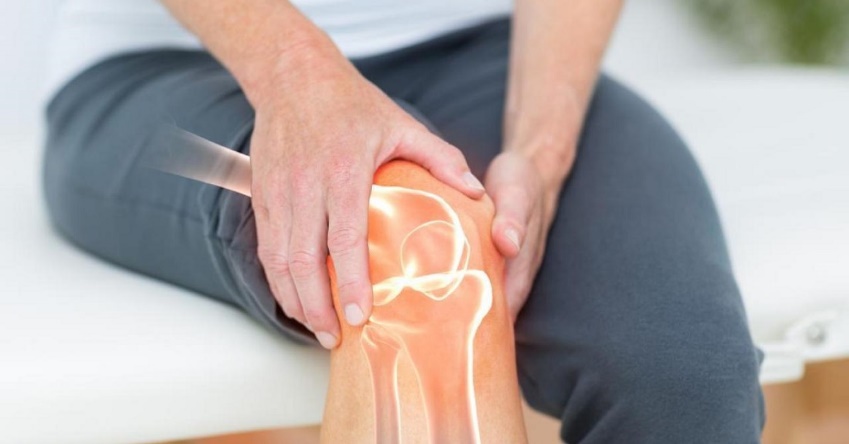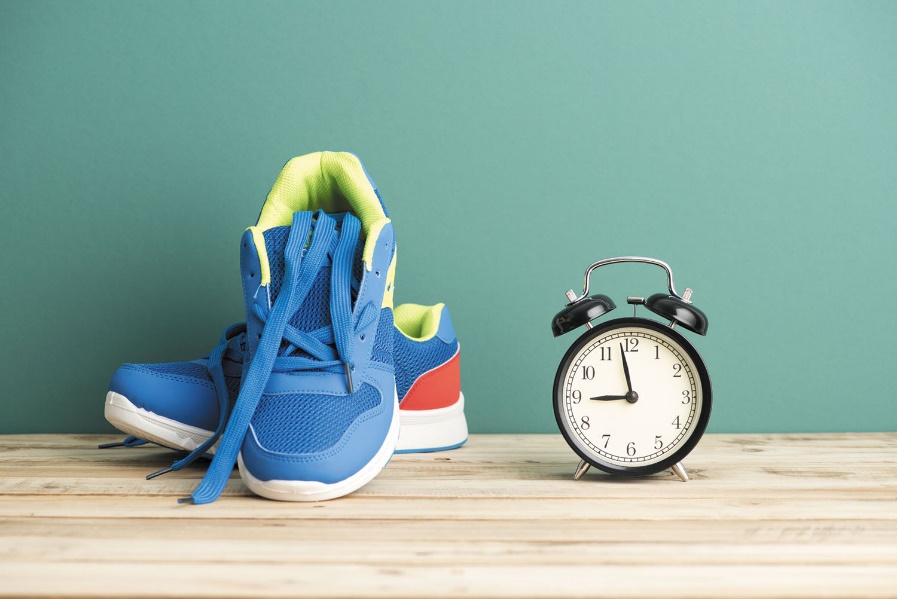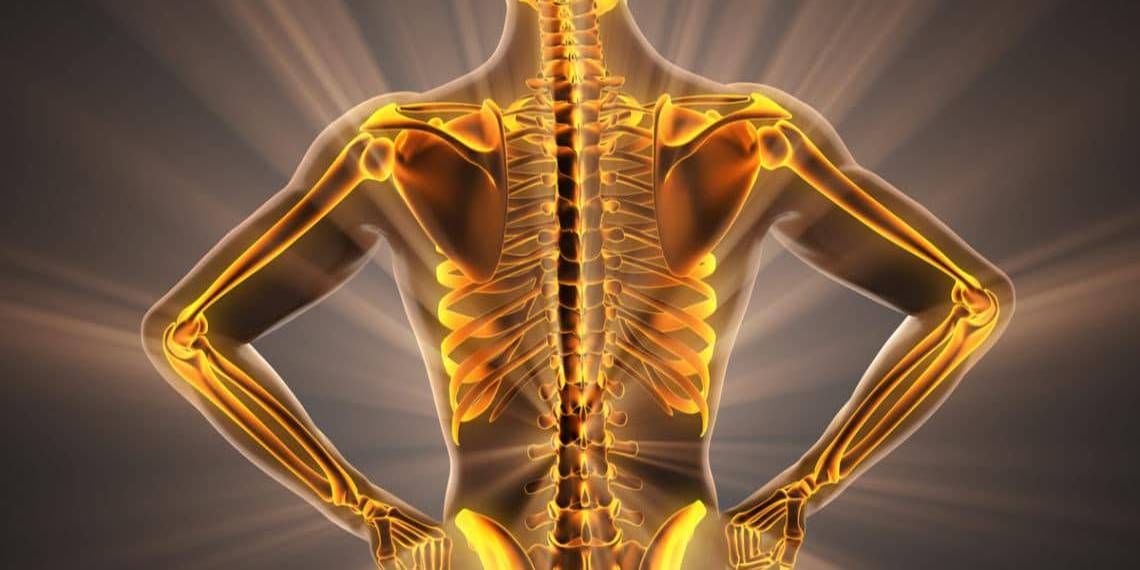A Healthy Resting Heart Rate
Most healthy adults should have a resting heart rate between 60 and 100 beats a minute. In general, the more physically fit you are, the lower your heart rate will be. Athletes can have a normal resting heart rate in the 40s. A healthy one is a sign that your heart isn’t having to work too hard to circulate blood.
How to Check It
You can feel your heart rate by putting your first two fingers on the inside of your wrist, the inside of your elbow, the side of your neck, or on the top of your foot. Once you find it, count how many beats you feel in 15 seconds, and multiply that number by 4.
How to Lower It
This can be as easy as simply relaxing -- sit down, have a glass of water, or just take a few deep breaths. A healthier lifestyle, including getting at least 30 minutes of exercise a day, eating healthier, watching your weight, cutting down alcohol, caffeine, and smoking can help, too. If that’s not enough, you might try to find ways to better handle stress, like tai chi, meditation, or mindfulness.
Arrhythmia: A Problem with Your Heart Rate
When your heart’s beating rhythm is off, that's called an arrhythmia. There are four major types:
• Tachycardia: When your heart beats too fast, usually more than 100 beats a minute
• Bradycardia: When your heart beats too slowly, below 60 beats a minute (unless you’re an athlete)
• Supraventricular arrhythmia: An arrhythmia that starts in your heart’s upper chambers
• Ventricular arrhythmia: An arrhythmia that starts in your heart’s lower chambers
Elevated Heart Rate (Tachycardia)
A resting heart rate higher than 100 beats per minute happens most often in kids. It's also more common in women. The primary causes of a fast heart rate include stress, smoking, or drinking too much alcohol, coffee, or other caffeinated drinks.
Heart Rate and Exercise
When you work out, you want your heart rate to go up, but not too much. To find the right number, start by figuring out your maximum rate: Subtract your age from 220. If you’re just starting a fitness regimen, your target should be about 50% of your maximum heart rate. If you already exercise regularly, it might be closer to 85%. Some devices and machines, like a treadmill, keep track of your heart rate.
Other Contributors
Outside conditions, like warm weather or humidity, can make your heart pump a little more blood. Extreme emotional highs and lows or feeling anxious can raise your heart rate, too. Standing up from a sitting position can also bring it up for a few seconds.
When to See Your Doctor
Call your doctor if you’re taking a medication that causes you to have fainting spells or dizziness. Also reach out if you notice that you often have a fast heartbeat or a low pulse. Depending on what’s going on with you, your doctor might change your medications, recommend a pacemaker to get your heart beating in the right rhythm, or suggest other things to prevent or manage your condition.
Source: www.webmd.com
Santegra® product CardioPhyt™ contains vitamins, minerals and herbs that support the cardiovascular system.








